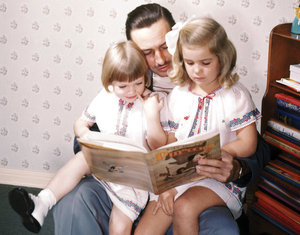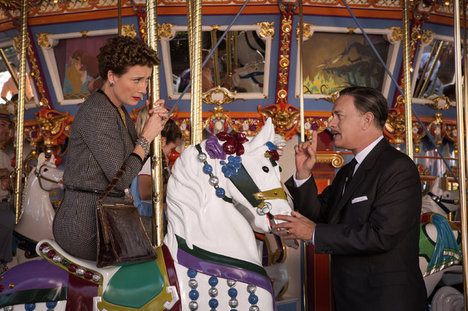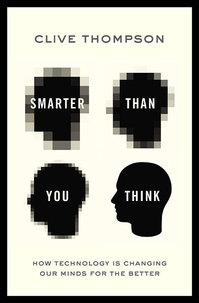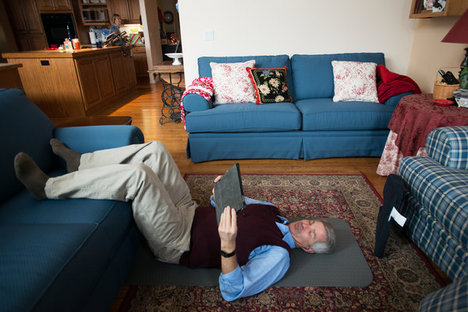Kelly may be right, but it does not imply that we will all be unemployed. What will happen is that new and better jobs, and entrepreneurial opportunities, will be created for humans.
Robots will do the boring, the dangerous, and the physically exhausting. We will do the creative and the analytic, and the social or emotional
(p. A21) Kevin Kelly set off a big debate with a piece in Wired called “Better Than Human: Why Robots Will — And Must — Take Our Jobs.” He asserted that robots will soon be performing 70 percent of existing human jobs. They will do the driving, evaluate CAT scans, even write newspaper articles. We will all have our personal bot to get coffee. There’s already an existing robot named Baxter, who is deliciously easy to train: “To train the bot you simply grab its arms and guide them in the correct motions and sequence. It’s a kind of ‘watch me do this’ routine. Baxter learns the procedure and then repeats it. Any worker is capable of this show-and-tell.”
For the full commentary, see:
DAVID BROOKS. “The Sidney Awards, Part 2.” The New York Times (Tues., December 31, 2013): A21. [National Edition]
(Note: the online version of the commentary has the date December 30, 2013.)
The article praised by Brooks is:
Kelly, Kevin. “Better Than Human: Why Robots Will — and Must — Take Our Jobs.” Wired (Jan. 2013).






